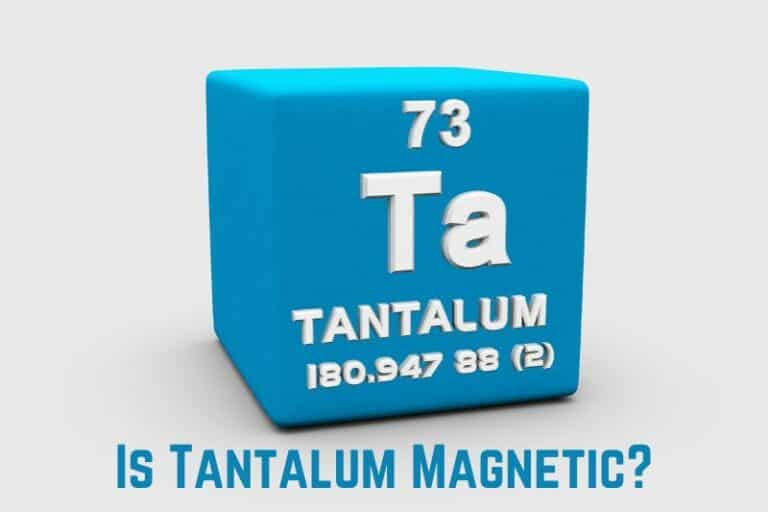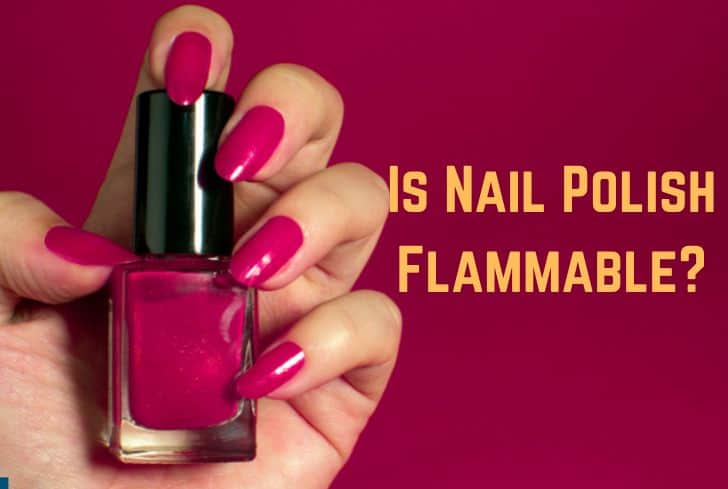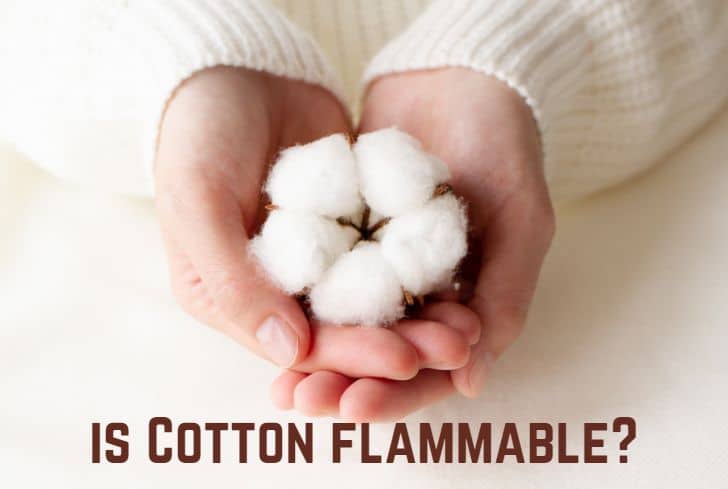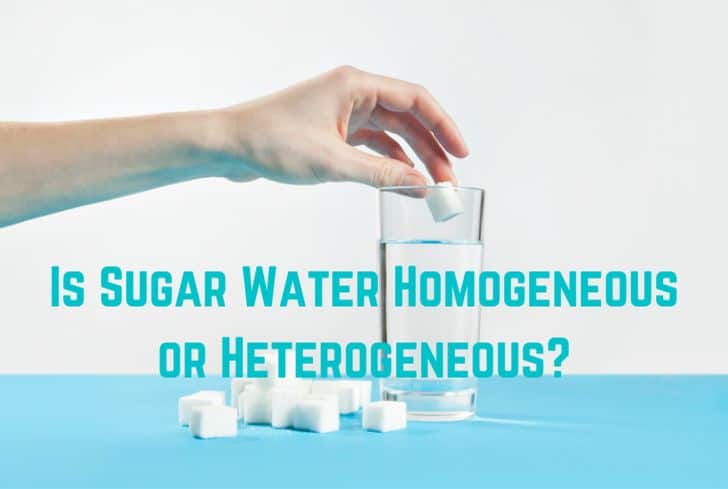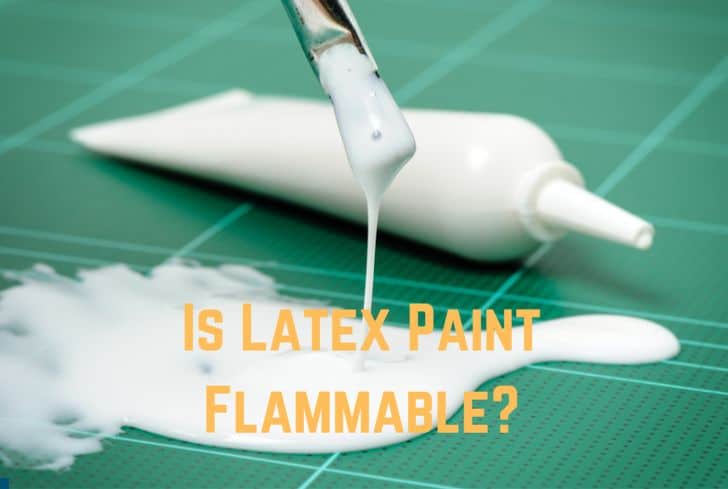Does Chlorine Evaporate? (Answered)
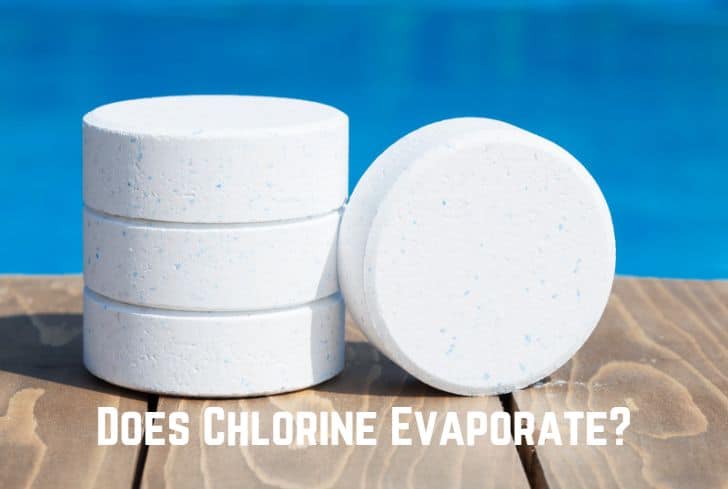
You’ve probably noticed the bleach smell in your tap water. It’s not bleach but chlorine. Municipalities must treat water before being distributed to homesteads and usually use chlorine. Surprisingly, the smell disappears when the same water is left out in the open. Does chlorine evaporate?
You’ll gain additional information regarding the evaporation of chlorine, whether it comes from water or not. We describe the process of chlorine evaporation, the time it takes for chlorine to evaporate water, and the temperature at which chlorine evaporation occurs. We will also discuss removing chlorine from water and whether or not chlorine evaporates from a sealed container.
Does Chlorine Evaporate?
Chlorine, a gas, does indeed evaporate. Chlorine spontaneously evaporates even though it’s 2.5 times heavier than air at room temperature. The smell of chlorine is powerful and irritating, similar to that of bleach. Chlorine gas can quickly fill every square inch of a large area before evaporating. However, all the chlorine gas evaporating and the environment returning to normal will take longer.
The distinctive color of chlorine is greenish-yellow. It is explosively reactive with the majority of substances and chemicals. Chlorine exposure can have negative long-term impacts on people. So, you should address any chlorine leak as soon as you discover it.
Does Chlorine Evaporate From Water?
At room temperature, chlorine is a gas. It becomes a volatile solute when mixed with water, which causes the water to evaporate. In water, chlorine molecules disperse and eventually evaporate into the air. Chlorine gas will evaporate off the surface of chlorinated water when left undisturbed. Boiling chlorinated water is another way to speed up the evaporation rate.
Chlorine is a chemical disinfectant commonly added to water to kill contaminants and bacteria. However, too much chlorine can harm your health.
What Happens to Chlorine When It Evaporates?
Due to its instability, chlorine reacts with various atmospheric chemicals when it evaporates. Sunlight breaks down chlorine in the air in a matter of minutes. If the same chlorine were to dissolve in the water again, it would be converted into hypochloric and hypochlorous acid. A greenish-yellow cloud may be visible if the chlorine level is high.
The cloud can even be several miles from the source. Chlorine is heavier than air and commonly accumulates in low-lying areas. Even at low concentrations, some people can smell chlorine. Yet chlorine has no smell in high quantities. You can recognize the presence of chlorine by symptoms like a runny nose, watery eyes, shortness of breath, or persistent coughing.
How Long Does It Take Chlorine to Evaporate From Water?
The amount of chlorine present, the way it is stored, the water’s temperature, and the volume of water determine the period. It takes between one and five days for the chlorine to evaporate from the water. It will take more than five days if the chlorine concentration is high. Regretfully, chlorine could still be present even after five days.
Let us look at some of the factors that can speed up or slow down the evaporation process:
- Amount of water: There are more chlorine molecules to remove when you have a large volume of water. Chlorine molecules in such a case will take longer to evaporate than in a small volume of water.
- Water temperature: The rate of evaporation increases as the temperature increases. In higher temperatures, chlorine molecules will have more energy, evaporating faster than when temperatures are lower.
- Amount of chlorine: The higher the chlorine concentration, the faster will be the evaporation rate. The chlorine molecules have a higher chance of escaping to the surface and evaporating if they are many. The evaporation rate slows down when the chlorine molecules decrease.
- Humidity: When the chlorine molecules find humidity in the air, they have difficulty getting through. Hence, the chlorine evaporation rate is slower in humid than in dry conditions.
- Water storage method: The size and shape of the chlorine water container determine how long evaporation will take. A deep and slim container has a much smaller surface area, and the chlorine molecules don’t have room for escape.
At What Temperature Does Chlorine Evaporate From Water?
Chlorine begins to evaporate at room temperature, which is typically 68 °F (20 °C). Boiling the water will increase the rate of evaporation. A temperature of 212 °F (100 °C) causes water to boil. The chlorine will have evaporated when the water has boiled for 15 minutes. However, the water evaporates if you keep boiling at that temperature.
When you raise the temperature of the water, the amount of chlorine that evaporates increases. However, boiling is only effective when removing chlorine in a small quantity of water.
Will Chlorine Evaporate in a Sealed Container?
Chlorine can still evaporate in a closed container, so yes. The chlorine will leak out and evaporate if the container is plastic. Most plastic containers have thin walls and are comprised of weak plastics. Chlorine will continue to evaporate until it is finished once it has started to leak out of the bottles.
Chlorine damages rubber, plastics, and metals, especially when combined with water. Metals corrode more quickly as a result, and chlorine will leak out and evaporate. Plastics and chlorine can react quite violently, causing damage.
Ways to Remove Chlorine From Your Water?
According to the Centers for Disease Control and Prevention, the ideal chlorine concentration is 4mg/l. It is better to lower chlorine levels in water if they are high. Long-term health issues can be brought on by chlorine concentrations that are too high. If your home has a noticeable chlorine odor, tap water contains too much chlorine.
You can remove chlorine from your water in several ways. Even though evaporation is the simplest method, chlorine removal takes longer. Some of the quickest methods to eliminate chlorine are listed below:
Water Filter
A reverse osmosis water filter system is one of the best methods for removing chlorine. Reverse osmosis (RO) systems remove most chlorine in the water. A semi-permeable membrane is used to purify drinking water of sediments, undesired molecules, and contaminants like chlorine.
Water alone can travel through the membrane. You need a source of chlorine-containing water for reverse osmosis to function. The water is then forced through a semi-permeable membrane by a pump. Any chlorine-containing particles cannot flow through the membrane.
UV Light System
It is the most effective method, even though it is costly. The technique is quick, removing five mg/l of chlorine in minutes instead of days. Install a UV lamp and fill a storage tank with chlorinated water.
Ensure that the UV rays are aimed directly towards the tank. A radiant energy density of 600 millimeters is required. To remove the chlorine, you’ll need UV light with a wavelength of between 180 and 400 nanometers for every square centimeter of water.
Water Aeration
Aeration is the best method for removing chlorine from vast amounts of water. In this process, air and water are in close contact to remove dissolved gases and impurities like chlorine. Tiny bubbles of air rise through the water, dissolving chlorine.
The tiny bubbles release chlorine gas into the air after leaving the solution.
Boiling the Water
Boiling water is the cheapest, fastest, and most effective method if you only need some water for drinking. The tricky part is calculating how long to boil the water to remove the chlorine. One milligram per liter of water evaporates after eight minutes of boiling.
Add Vitamin C
You can also easily and more affordably add vitamin C: ascorbic acid or sodium ascorbate. The two vitamins neutralize chlorine. The amount of vitamin C you add to the chlorinated water must be measured.
All you need to do is evenly distribute the amount over the top and gently stir. The only downside is that buying lots of vitamin C could be necessary. You can buy and store them, as they have a long shelf life.
Frequently Asked Questions
Does salt remove chlorine?
No, salt won’t work to get rid of chlorine. It means that the only things your saltwater filtration system is good at removing are calcium and magnesium. Salt-based softeners use ion exchange to remove the hard water-causing minerals, calcium and magnesium.
It’s also important to remember that sodium and chlorine combine to make sodium chloride, which is table salt. Salt does not thus eliminate chlorine.
Why does chlorine evaporate from pool water?
The leading cause of the chlorine in the pool evaporating so quickly is sunlight. The sun’s UV radiation increases the pool’s chlorine evaporation rate. When temperatures are higher, chemical reactions occur more quickly.
Conclusion
At room temperature, chlorine is a gas and a solute when mixed with water. Chlorine is a disinfectant that is commonly used to treat water. It usually takes four days for chlorine to evaporate from the water. Chlorine starts evaporating at room temperature.
When stored in plastic and metal containers, chlorine reacts with most materials. These materials leak because chlorine is corrosive and will begin to evaporate. The chlorine will evaporate whether the containers are sealed or not. Nonetheless, the amount that evaporates from sealed containers will be small.

